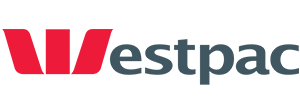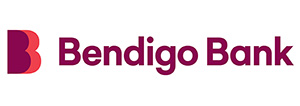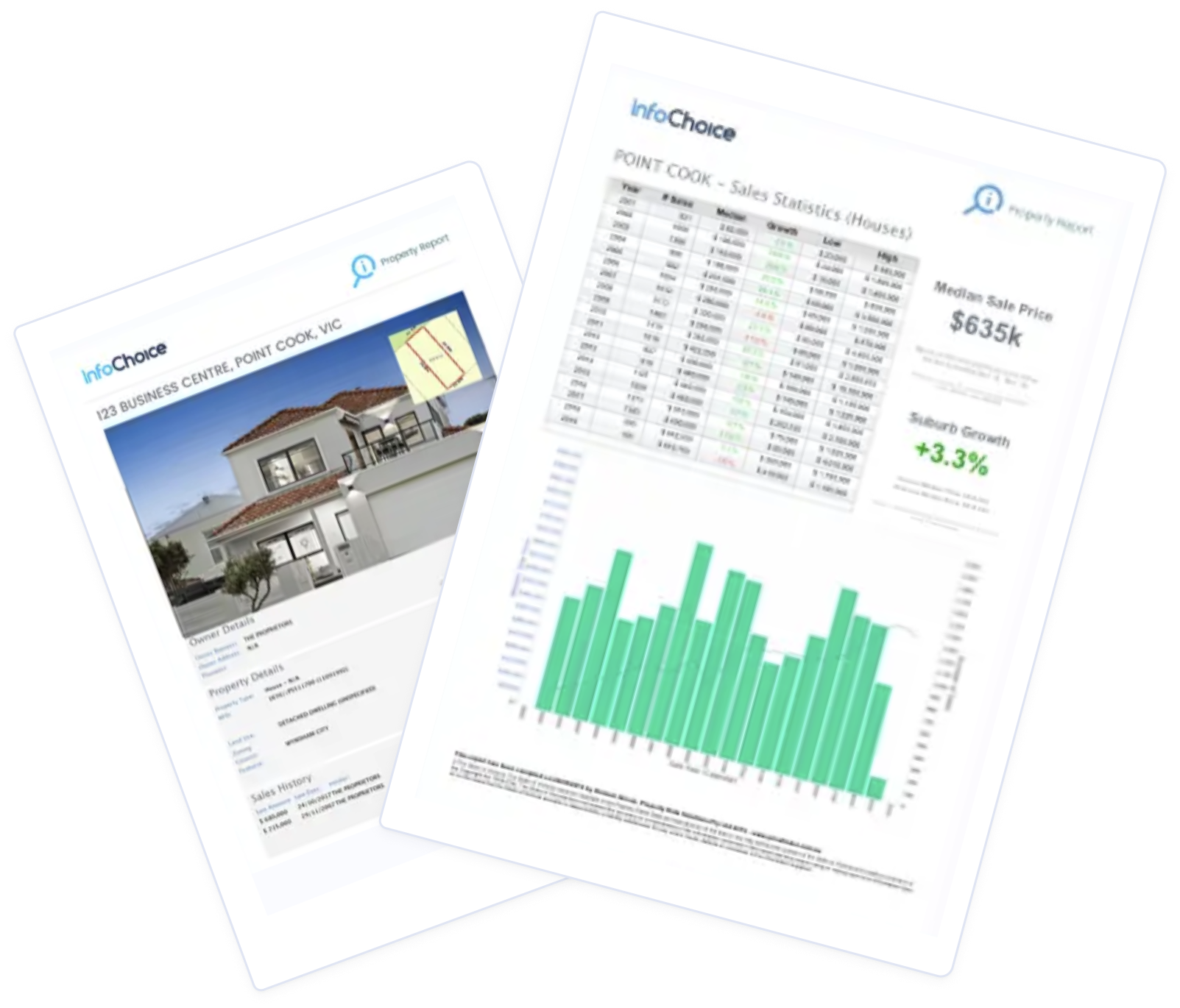Interest-only home loans have generally declined in popularity among owner-occupiers, although they remain popular with investors due to the tax benefits. The value of outstanding investor IO loans more than triples that of the owner occupiers' share. However, IO loans make up a small portion of all outstanding residential property loans, at just over 10% of the market.
What is an interest-only home loan?
An interest-only (IO) home loan is a type of mortgage where, for a set initial period (typically between 1 and 5 years), the borrower is only required to pay off the interest on the loan, and not the amount borrowed for the home (principal).
Once the IO period ends, the loan switches to principal and interest (P&I) repayments for the remaining 25 or so years. IO periods are typically offered on variable-rate home loans, but they can be offered on fixed-rates too.
How do interest-only home loans work?
During the interest-only period, your repayments are lower because you're not reducing the loan balance. However, your significantly reduced repayments during this time come at the cost of a more expensive home loan in the end.
If you borrowed $600,000 over 30 years with a 6.00% p.a. interest rate featuring a five-year IO period, it would look a little something like this (assuming the interest rate stayed the same, which it likely won't):
|
Monthly Repayment During IO Period |
Monthly Repayment For P&I Period |
Total Cost of Loan |
|
|
P&I Loan |
- |
$3,597 (30 years) |
$1,295,029 |
|
IO Loan |
$3,000 (5 years) |
$3,866 (25 years) |
$1,339,743 |
|
Cost Difference |
- |
+$269 |
+$44,714 |
Who uses interest-only home loans?
Interest-only home loans are typically used by property investors; however, some owner-occupiers also use them in specific circumstances.
Property investors
Property investors often opt for interest-only home loans to maximise cash flow. By paying only the interest during the initial period, they benefit from lower regular repayments, allowing them to keep more rental income or allocate the funds toward other investments.
Another key advantage is tax deductibility. In Australia, the interest charged on a loan used to purchase an income-producing property (e.g., a rental) is tax-deductible. This means investors can claim the interest portion of their mortgage repayments as a tax deduction, effectively reducing their taxable income.
With some lenders, interest can also be paid in-advance before the end of every tax year to bring forward any potential deductibility benefits.
In addition to lower outgoings and tax savings, IO loans are especially appealing to investors with a short- to medium-term investment horizon. For those planning to sell the property within a few years, repaying principal may not be beneficial. Since equity built through principal payments might be tied up and unrecoverable in the short term, it could be more financially efficient to focus on extracting profits from capital gains at the point of sale.
The aforementioned strategy assumes, of course, that property prices will rise strongly over time.
Owner occupiers
Albeit less common, owner occupiers might use interest-only home loans in certain situations.
Typically, residents turn to IO repayments during periods of temporary financial constraints, such as during a period of unemployment, illness, or maternity/paternity leave. In these cases, reducing repayments to cover only the interest portion of the loan can ease short-term financial pressure and help the borrower stay afloat until their income stabilises.
Owner occupiers may also use the interest-only repayment structure as a short-term strategy. Say the borrower expects to receive a lump sum shortly (e.g., an inheritance or a bonus), they may use the IO period as a temporary measure, paying down the principal substantially once the lump sum is received.
Take note: Unlike investors, owner occupiers cannot claim mortgage interest as a tax deduction, so the financial benefit of interest-only repayments is limited. Further, by not repaying the principal, they do not build equity in their home, leaving them vulnerable to market downturns or changes in lending conditions.
How is an interest-only home loan useful?
Reduces repayment size
An IO loan could reduce your repayment by hundreds of dollars a month. This can help with the budget as the start-up costs of a property are expensive. Stamp duty, conveyancing fees, applying for the loan itself, and other costs can all make the first few months or years of property ownership expensive. If you're an investor, add on finding a tenant, property management and other costs.
Tax deductions for investors
Investors are able to claim back interest costs against their entire taxable income. They can also pay interest-only in advance for the next financial year, which brings forward the deduction to the current financial year and negates the need to make regular mortgage repayments through the year. This can help from a cash flow perspective.
For investors, this makes it entirely possible to reduce your costs significantly, pay interest-only for a period, then let the sale do the work. In that time, hopefully, you've netted yourself some capital gains too.
Works for bridging loans, construction finance, and other short term loans
Interest-only loans can make a lot of sense when it comes to short term, niche financing needs. For example, bridging loans are for when you buy your new home before your old one sells, and you need short-term finance. They are usually offered on terms of around six months.
Construction finance is also delivered interest-only in the construction stages as it is relatively short (hopefully), and there is no 'principal' dwelling to secure the loan against yet. After the construction finishes, you'll likely switch to the lender's regular home loan offering.
Pros of interest-only home loans
Lower initial repayments
Since you only repay the interest portion of the loan during the interest-only period, this results in significantly lower monthly repayments.
Improved cash flow
Lower repayments free up cash that can be beneficial for investors, especially those managing multiple properties or expanding their portfolio. The funds that would otherwise be used to pay for the loan during the IO period can be redirected towards other investments or property expenses.
Tax benefits (for investors)
The interest on investment loans is tax-deductible in Australia, which can reduce taxable income and improve after-tax returns. This benefit doesn't apply to borrowers financing a home for private purposes, as is the case for owner occupiers.
Short-term flexibility
IO loans offer financial breathing room for borrowers who are in a transition period (e.g., unemployment, parental leave, buying before selling) or seeking reduced repayments while they wait for a future boost in income or a lump sum.
Cons of interest-only home loans
Higher interest rates
IO loans often feature higher interest rates, which can add significant cost to the overall mortgage picture. This is because of a few reasons, but mainly because the lender deems this period as a higher risk as you are not building your equity during this period.
Makes the total loan more expensive
As demonstrated above, while the repayments are lower in the IO period, IO loans make the overall loan more expensive. That's because it effectively 'kicks the can down the road', adding thousands in interest costs to the mortgage.
In some cases, it can add many tens of thousands of dollars. If you're an investor relying on selling the home to pay back the loan, you will have to factor this into the overall equation as it can eat away at your equity.
Higher repayments after the IO period ends
After the interest-only period ends, you will face a much higher principal and interest payment than you otherwise would have if you opted for P&I from the start. This is because the principal payments are now being condensed into a shorter timeframe.
Less equity built
During an IO period, you are not contributing to the principal of the home loan and are not building your equity. This can present a couple of problems, especially if property prices head south and you elect to sell. This could mean you owe more on the home loan than the home is worth.


















